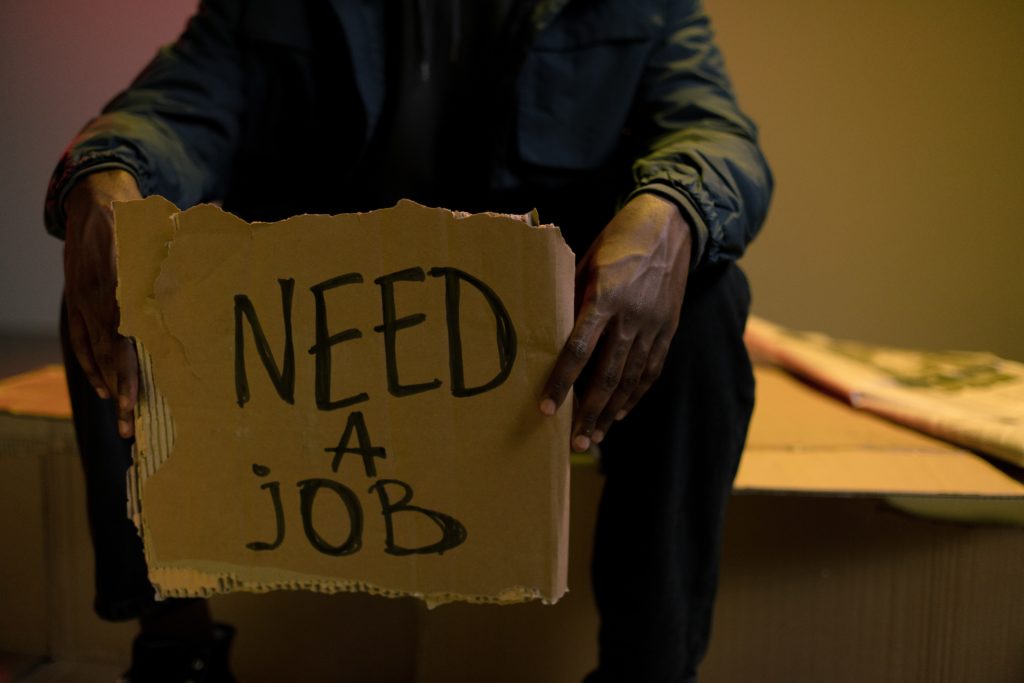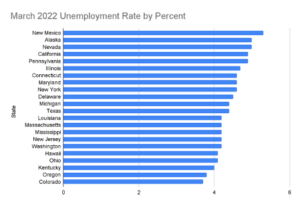Two years ago at the dawn of the COVID-19 pandemic, Michigan’s unemployment rate hit a high not seen since the great depression – 22.7% of the state’s population was unemployed. The sudden closure of the entire hospitality industry and uncertainty in safety practices and childcare caused nearly a quarter of Michigan’s workers to find themselves unemployed.
In the two years since the initial spike in unemployment, the rate has mostly returned to normal. However, Michigan remains in the bottom half nationally for recovery (4.4%) despite being in the top ten in population.
What can Michigan’s legislature do to turn the recovery other states are seeing into a reality for our state?
First: Spend tax dollars wisely. The dollars in the Michigan treasury are currently at a generational high. The legislature and governor have a responsibility to spend the dollars responsibly and not saddle future generations with new programs that don’t work and more debt in the future.
Second: Get out of the way. Further regulations on Michigan’s workforce to combat COVID-19 are unnecessary and will only hamper recovery. Michigan workers have proven that they can work safely, and manage their lives in a way that keeps them safe and working.
Third: Improve our infrastructure. Michigan will continue to lose out on opportunities for businesses to relocate or expand if our schools, roads and bridges fail to meet basic standards.
Fourth: Maintain Freedom to Work and continue the repeal of Prevailing Wage. Michigan’s workers deserve the right to determine if they wish to join a union, and employers are demonstrating they bring jobs to states who provide this freedom to workers. Prevailing wage has increased the cost of Michigan’s infrastructure projects – eliminating competitive bidding and putting a thumb on the cost of projects; so the repeal is saving taxpayers money and providing workers with more projects and more opportunity. The cost of fixing Michigan’s road has climbed significantly since July of 2021 – according to the Detroit News, most projects are coming in 10% over the engineering estimates, and bridge replacement costs growing by 35% since 2018.



